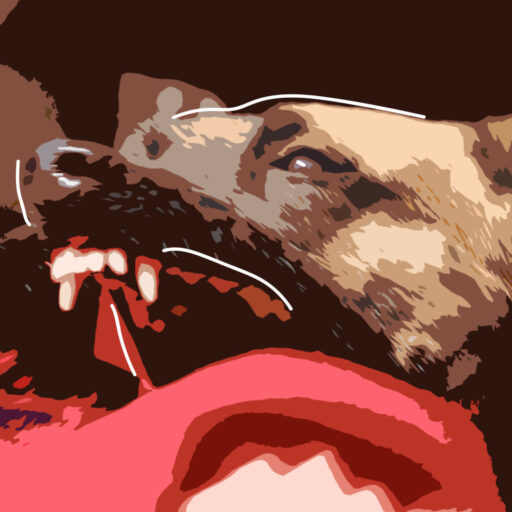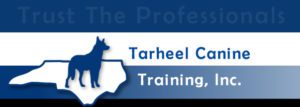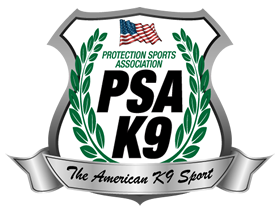Training a Working Puppy
In this episode, Jerry Bradshaw discusses:
- How to pick a sport puppy and what to look for in your choice.
- Avoiding creating contextual conflicts during training and in how you are housing the dog.
- Finding the balance between independence and handler focus.
- Understanding the training system before you ask the dog to go through the system.
- What to expect to work on at a good club with your puppy and getting exposure for your dog in different environments.
Key Takeaways:
- It takes a village to raise a puppy – that village is your club and the people around you. If you’re not getting good advice, you’re not going to have a well-raised puppy.
- Don’t be too afraid to socialize your puppy. It is important to get out and see different places and people. Aim for 3 new places a week, but be smart about it.
- Train your young dogs to hunt – hunting is an instinct, but it needs to be shaped and trained.
- There are benefits to having others work your puppy that you cannot get by training them yourself solely.
- You can always move slow, then move faster later on, but you can’t take it back if you move too fast.
“I think sometimes people give up too easily on puppies, you have some puppies that are super slow maturing and some some pups that don’t show a lot of drive until later. I think you have to be careful though…But I think that’s something to bear in mind is you want to see something out of the puppies early on, the puppy should have gotten out of the backyard of the breeder at some point.” — Jerry Bradshaw
Get Jerry’s book Controlled Aggression on Amazon.com
Contact Jerry:
Website: controlledaggressionpodcast.com
Tarheel Canine Training: www.tarheelcanine.com
Youtube: tarheelcanine
Twitter: @tarheelcanine
Instagram: @tarheelk9
Facebook: TarheelCanineTraining
Protection Sports Website: psak9.org
Patreon: patreon.com/controlledaggression
Slideshare: Tarheel Canine
Train Hard, train smart, be safe.
Show notes by Podcastologist Chelsea Taylor-Sturkie
Audio production by Turnkey Podcast Productions. You’re the expert. Your podcast will prove it.


